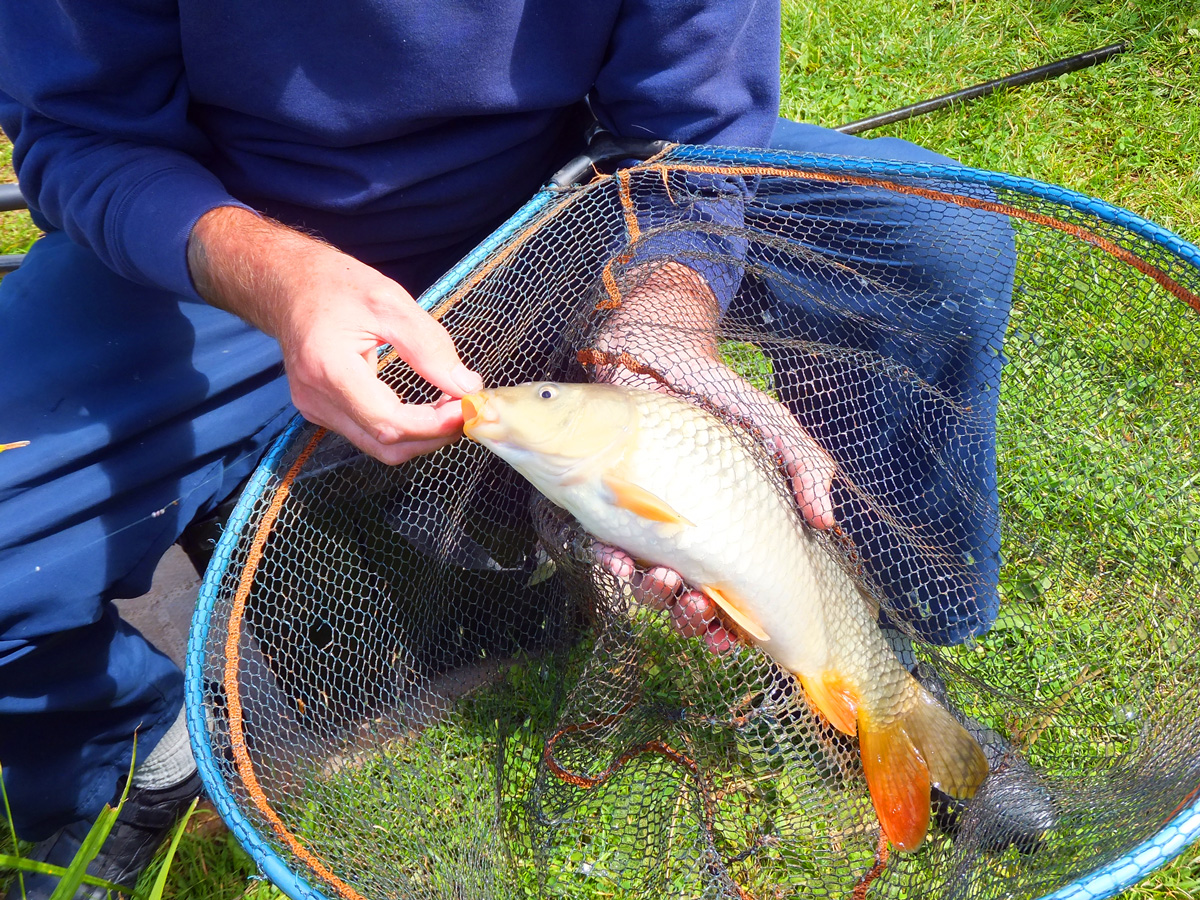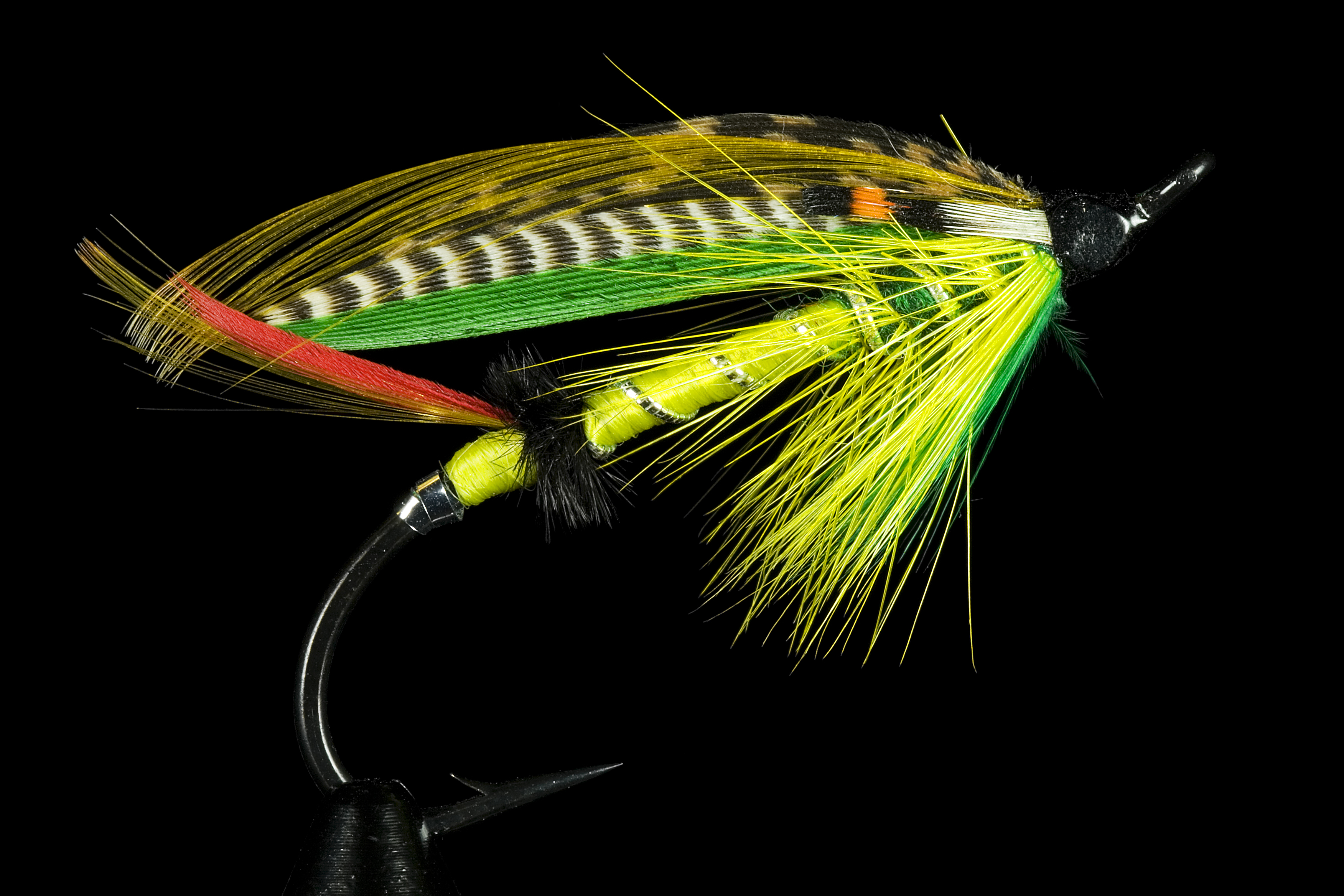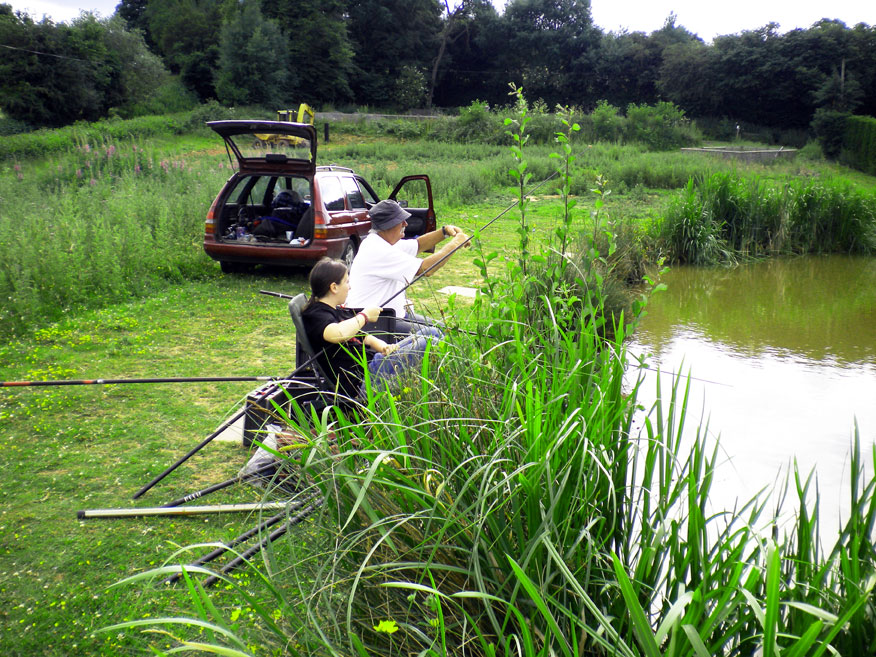Although most anglers keep their catch for consumption, catch and release fishing is increasingly practiced, especially by fly anglers. The general principle is that releasing fish allows them to survive, thus avoiding unintended depletion of the population. For species such as marlin and muskellunge but, also, among many bass anglers, there is a cultural taboo against killing bass for food. In many parts of the world, size limits apply to certain species, meaning fish below a certain size must, by law, be released. It is generally believed that larger fish have a greater breeding potential. Some fisheries have a slot limit that allows the taking of smaller and larger fish, but requiring that intermediate sized fish be released. It is generally accepted that this management approach will help the fishery create a number of large, trophy-sized fish. In smaller fisheries that are heavily fished, catch and release is the only way to ensure that catchable fish will be available from year to year.
The practice of catch and release is criticised by some who consider it unethical to inflict pain upon a fish for purposes of sport. Some of those who object to releasing fish do not object to killing fish for food. Adherents of catch and release dispute this charge, pointing out that fish commonly feed on hard and spiky prey items, and as such can be expected to have tough mouths, and also that some fish will re-take a lure they have just been hooked on, a behaviour that is unlikely if hooking were painful. Opponents of catch and release fishing would find it preferable to ban or to severely restrict angling. On the other hand, proponents state that catch-and-release is necessary for many fisheries to remain sustainable, is a practice that that generally has high survival rates, and consider the banning of angling as not reasonable or necessary.
In some jurisdictions, in the Canadian province of Manitoba, for example, catch and release is mandatory for some species such as brook trout. Many of the jurisdictions which mandate the live release of sport fish also require the use of artificial lures and barbless hooks to minimise the chance of injury to fish. Mandatory catch and release also exists in the Republic of Ireland where it was introduced as a conservation measure to prevent the decline of Atlantic salmon stocks on some rivers.[6] In Switzerland, catch and release fishing is considered inhumane and was banned in September 2008.
Barbless hooks, which can be created from a standard hook by removing the barb with pliers or can be bought, are sometimes resisted by anglers because they believe that increased escapement results. Barbless hooks reduce handling time, thereby increasing survival. Concentrating on keeping the line taut while fighting fish, using recurved point or “triple grip” style hooks on lures, and equipping lures that do not have them with split rings can significantly reduce escapement.



